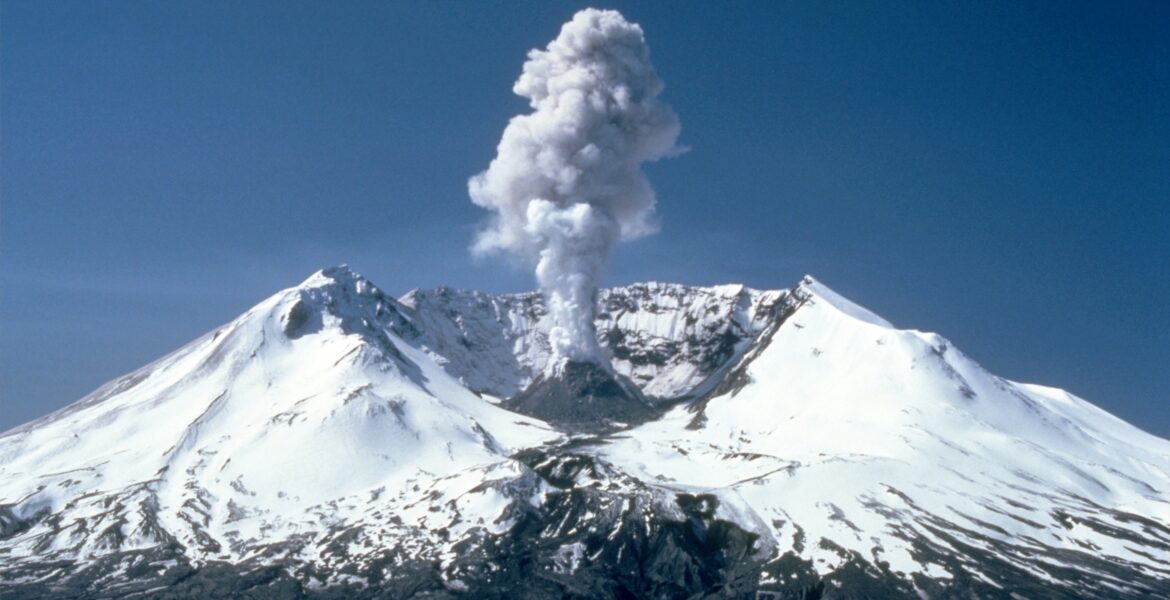Volcanoes have long captivated the human imagination. These geological wonders are symbols of both destruction and creation — shaping landscapes, forging islands, and reminding us of Earth’s dynamic nature. While their explosive potential often inspires caution, many volcanoes around the world can be visited safely and responsibly. From dormant giants to gently simmering peaks, here are some of the most remarkable volcanoes that offer both adventure and peace of mind.
Mount Vesuvius [Italy]

Status: Active (currently quiet)
Best known for the catastrophic eruption that buried Pompeii in 79 AD, Mount Vesuvius is now a popular and closely monitored tourist destination. Visitors can hike to the crater’s edge and take in panoramic views of the Bay of Naples, all while standing on one of Europe’s most famous active volcanoes.
Why it’s safe: It has remained dormant since 1944 and is under constant geological surveillance.
Mount Fuji [Japan]

Status: Dormant
Mount Fuji is both a sacred site and a symbol of national pride in Japan. Its symmetrical cone and snow-capped summit make it a favorite among climbers and photographers alike. The hiking season typically runs from July to early September, with clearly marked trails and mountain huts along the way.
Why it’s safe: It hasn’t erupted since 1707, and the region benefits from advanced volcanic monitoring systems.
Arenal Volcano [Costa Rica]

Status: Dormant (last active in 2010)
Though once highly active, Arenal has been in a resting phase since 2010. Located in a lush national park, it offers visitors the chance to enjoy a range of eco-adventures — from hiking and wildlife watching to soaking in nearby hot springs.
Why it’s safe: Activity levels are low, and tourism infrastructure is well-developed and responsive to geological data.
Mount Bromo [Indonesia]

Status: Active (low-level activity)
Mount Bromo, part of the vast Tengger massif, is one of Indonesia’s most accessible active volcanoes. The dramatic sunrise over its smoldering crater draws visitors from around the world. Jeep tours and guided treks offer safe ways to explore the unique volcanic terrain.
Why it’s safe: Activity is typically mild, and local authorities enforce safety closures during periods of increased risk.
Eyjafjallajökull [Iceland]

Status: Active (last eruption in 2010)
The 2010 eruption of Eyjafjallajökull made headlines for grounding European air travel — but today, it’s a peaceful destination for glacier walks and scenic tours. It’s part of Iceland’s larger volcanic and glacial landscape, which is both stunning and scientifically significant.
Why it’s safe: There has been no activity since 2010, and Iceland maintains some of the most advanced volcanic monitoring systems in the world.
Mount St. Helens [USA]

Status: Active (stable)
Mount St. Helens is a powerful example of volcanic transformation. Since its major eruption in 1980, the area has recovered remarkably. Visitors can hike trails near the blast zone or, with a permit, climb to the crater’s rim for an unforgettable view.
Why it’s safe: While active, it is heavily monitored by the US Geological Survey, with restricted access when necessary.
Mount Teide [Canary Islands]

Status: Dormant
Mount Teide, Spain’s highest peak, towers above the island of Tenerife and is one of the most visited volcanoes in the world. Visitors can take a cable car to near the summit or hike through Teide National Park, which resembles an alien landscape.
Why it’s safe: The volcano has not erupted since 1909 and is under regular observation.
Tips for Visiting Volcanoes
- Check volcanic status before traveling: Local geological institutions often provide real-time updates.
- Dress appropriately: Weather can change quickly at higher altitudes — layers, sturdy footwear, and sun protection are essential.
- Follow local guidelines: Always stick to designated paths and heed any restrictions or closures.
[Contributed By Anushka Gaikwad]











